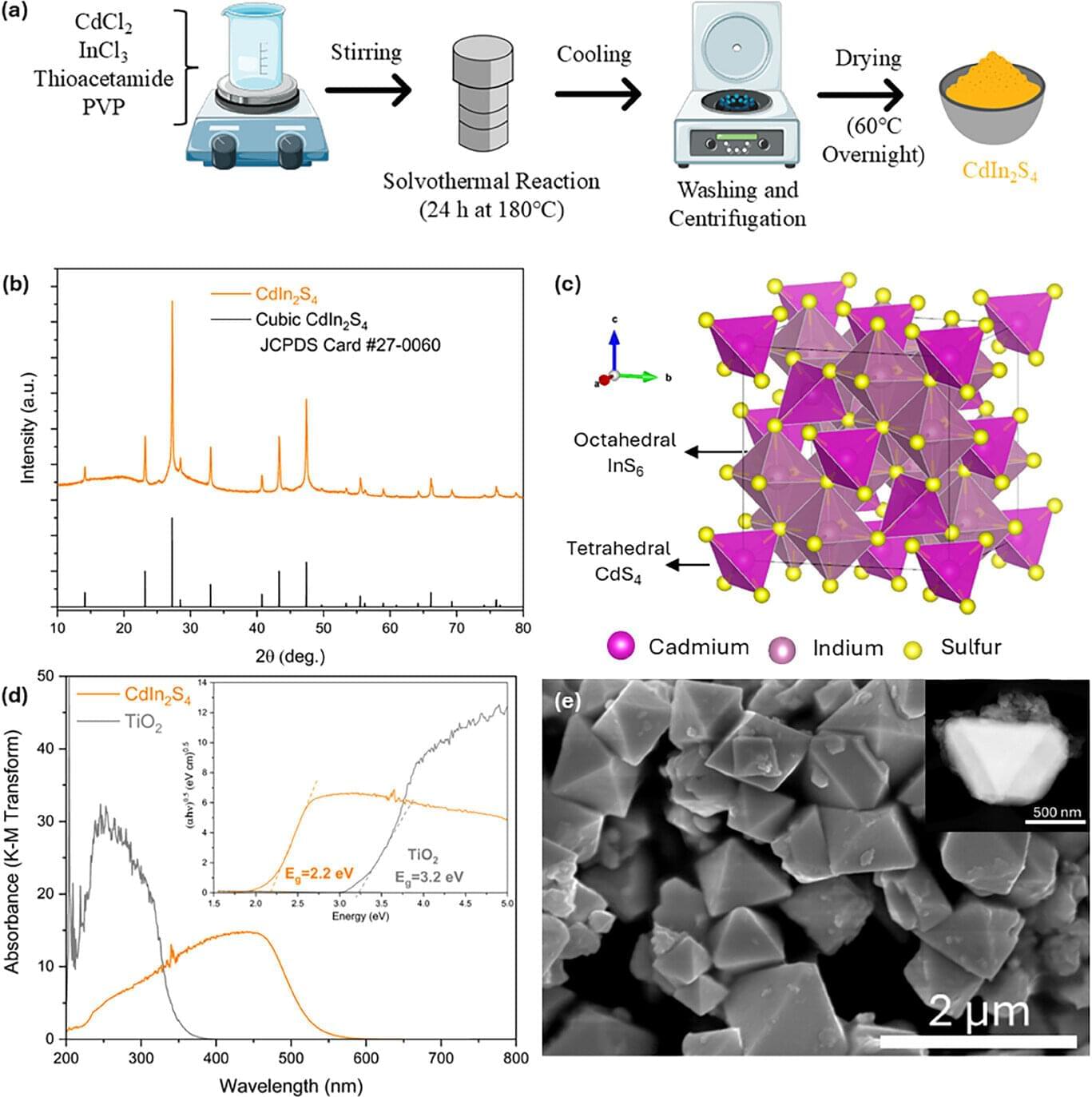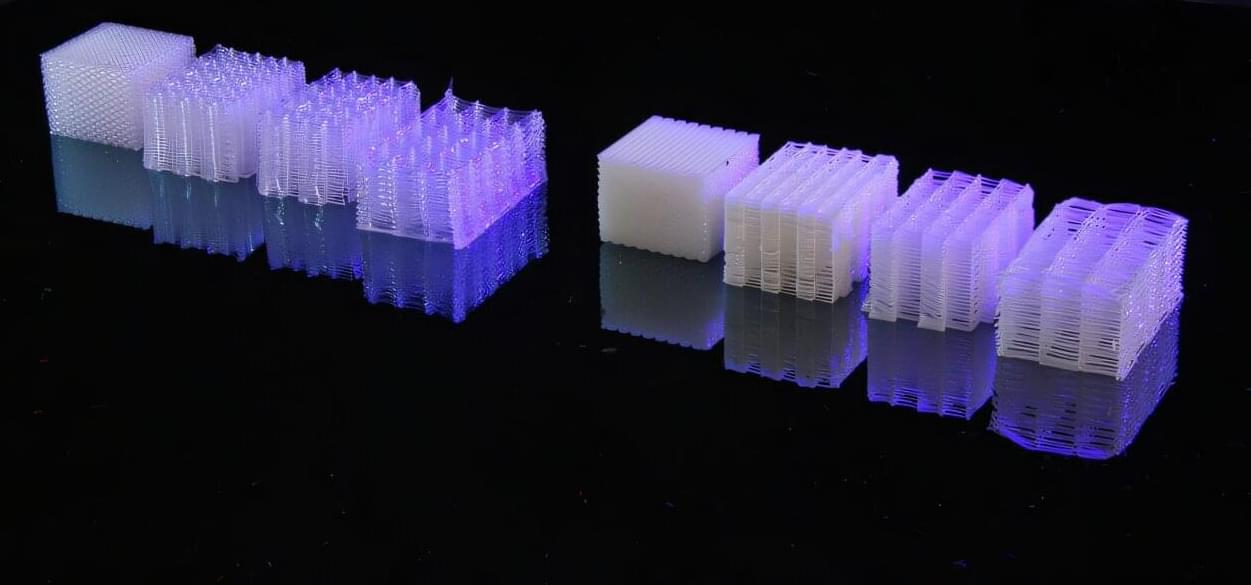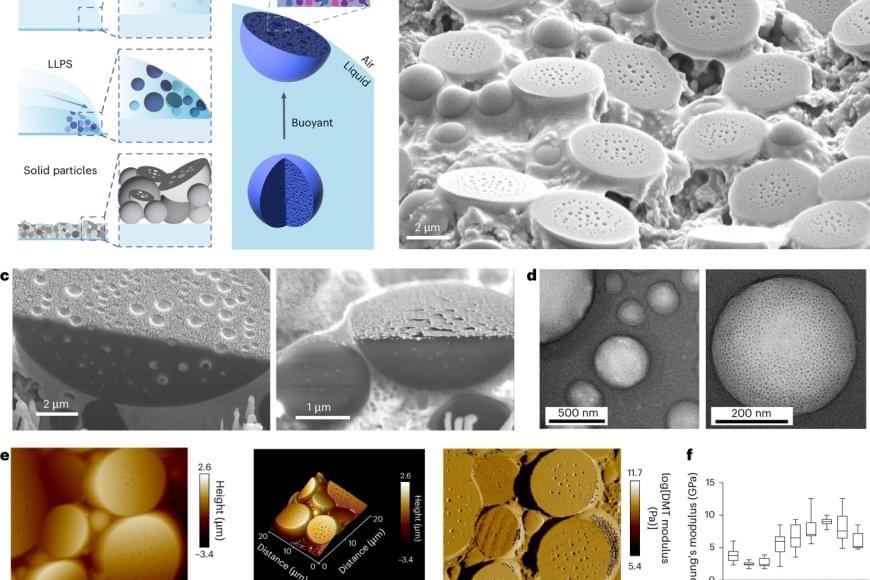Metamaterials are artificial materials engineered to exhibit unique properties not found in naturally occurring materials, including negative refractive index, perfect absorption of electromagnetic radiation, and tunable optical properties. Researchers have been exploring the use of metamaterials in various applications, including optics, electromagnetism, and acoustics. One area where metamaterials are being explored is in sensing and imaging applications, such as creating ultra-compact optical devices like beam splitters and lenses.
The first practical demonstration of a metamaterial was achieved in 2000 by David Smith and his team at the University of California, San Diego. They created a composite material consisting of copper strips and dielectric materials, which exhibited a negative refractive index at microwave frequencies. This breakthrough sparked widespread interest in the field, and soon researchers began exploring various applications of metamaterials.
One of the key areas of research has been in the development of optical metamaterials. In 2005, a team led by Xiang Zhang at the University of California, Berkeley demonstrated the creation of an optical metamaterial with negative refractive index. They achieved this by using a fishnet-like structure composed of silver and dielectric materials. This work paved the way for further research into optical metamaterials and their potential applications in fields such as optics and photonics.
Metamaterials have also been explored for their potential use in electromagnetic cloaking devices. In 2006, a team led by David Smith demonstrated the creation of a metamaterial cloak that could bend light around an object, effectively making it invisible. This work was based on earlier theoretical proposals by John Pendry and his colleagues.









